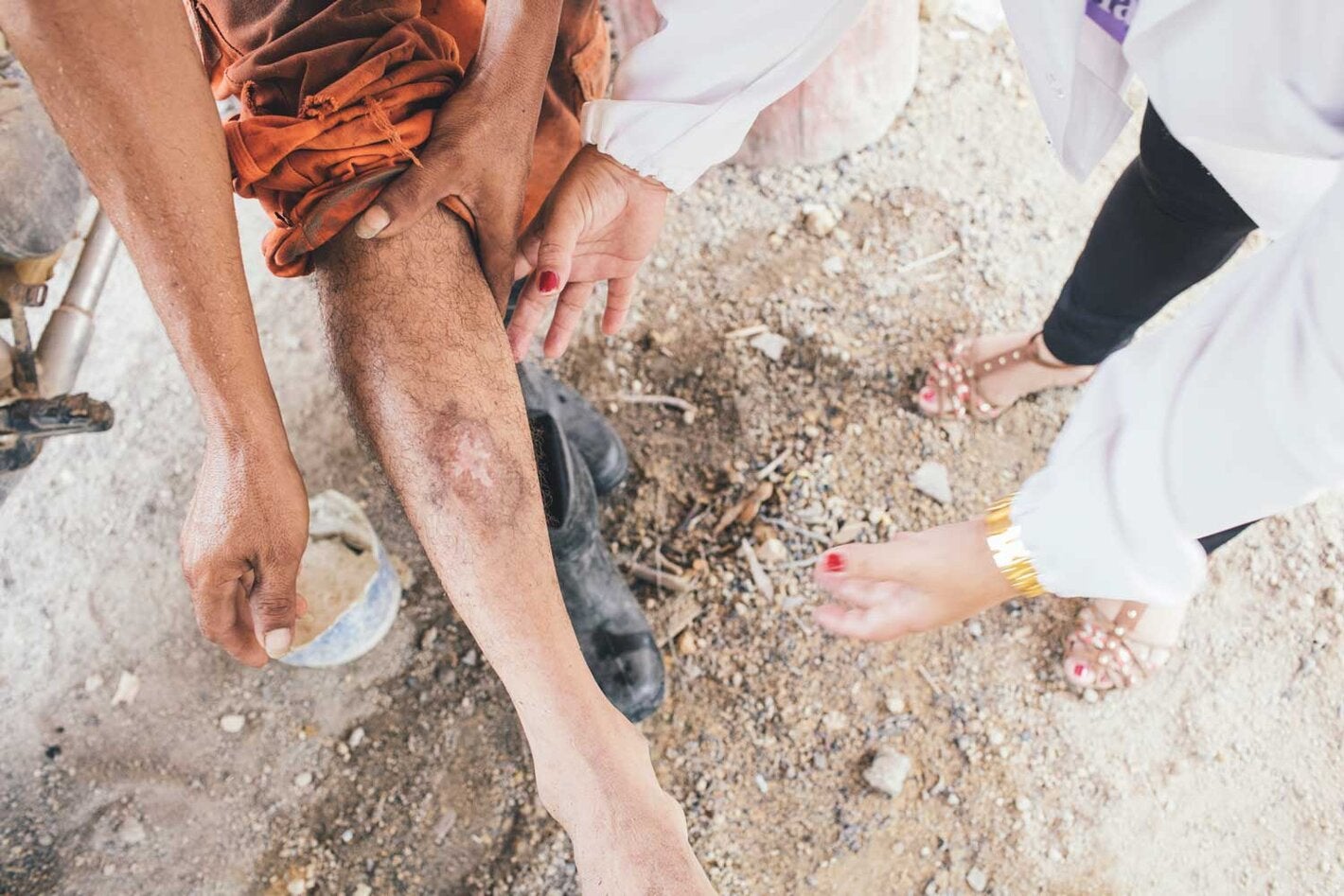Cutaneous leishmaniasis (CL) and mucosal/mucocutaneous leishmaniasis (ML) are infectious diseases that affect the skin and mucous membranes.
Their distribution is worldwide, and they are endemic in 90 countries. In 2023, 55 countries reported nearly 272.000 new autochthonous cases to the World Health Organization.
Among the 11 countries in the world with the highest number of cases of cutaneous leishmaniasis, three are in the Americas: Brazil, Colombia, and Peru. In the Region of the Americas, an annual average of 38 400 cases of cutaneous and mucosal/mucocutaneous leishmaniasis have been recorded in the last 5 years, with a gradual downward trend in cases since 2005. In 2023, 34 954 cases of cutaneous leishmaniasis were reported, 21% of them in border areas.
Cutaneous leishmaniasis has been recorded in 22 of the Region's countries, and is endemic in 19 (Argentina, Belize, Bolivia, Brazil, Colombia, Costa Rica, Ecuador, El Salvador, Guatemala, French Guiana, Guyana, Honduras, Nicaragua, Mexico, Panama, Paraguay, Peru, Suriname, and Venezuela). It should be noted that French Guiana reports its data directly to France.

